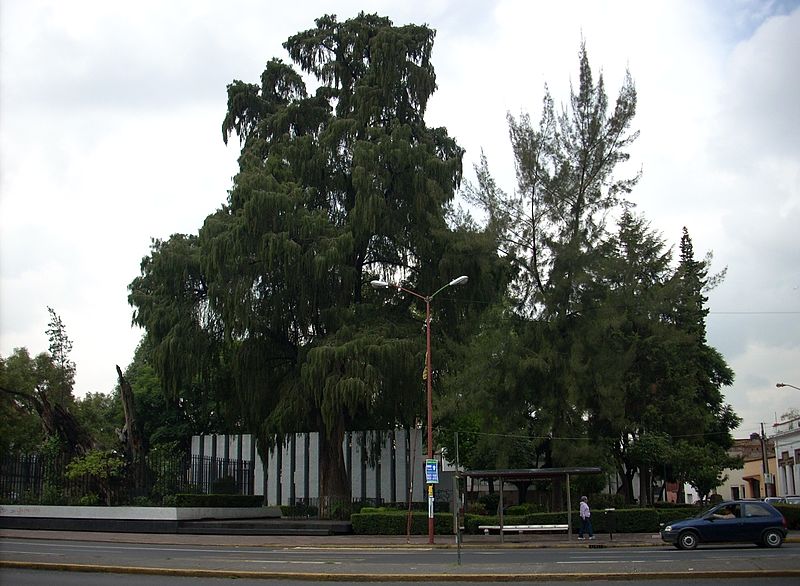
 Metro Popotla is an underground station along Metro Line 2. It’s located on the old México-Tacuba causeway in the colonia Popotla of the alcaldía Miguel Hidalgo. The station has the lowest passenger ridership on Line 2 according to 2019 ridership data. It is generally used by about 10,000 passengers per day.
Metro Popotla is an underground station along Metro Line 2. It’s located on the old México-Tacuba causeway in the colonia Popotla of the alcaldía Miguel Hidalgo. The station has the lowest passenger ridership on Line 2 according to 2019 ridership data. It is generally used by about 10,000 passengers per day.
The Metro Popotla station opened in September 1970. The station was named for its neighborhood. Popotla was an ancient pre-Hispanic village in a heavily wooded area near the edge of Lake Texcoco. The old causeway met land at about where today’s Circuito Interior crosses Mexico City, north and south.
The station logo is the silhouette of an ahuehuete tree, a reference to the “Noche Victoriosa.” Hernán Cortés is said to have wept here upon being defeated by the Mexica warriors of Tenochtitlán on June 20, 1520. This is one of several points along the causeway that are claimed to be the exact spot of the “Sad Night.” The remains of an ahuehuete tree can be seen upstairs from the station in the Plaza del Árbol de la Noche Triste. Formerly a national monument, it’s one of the most widely accepted locations for the event. A small hermitage was erected to commemorate the defeat of that night.
During the colonial period, Popotla consisted of a few farmhouses and remained just that until the end of the 19th century. Today, the nearby Popotla Park, or Cañitas Park, is slightly larger than that of the Plaza of the Victorious Night. It’s a fascinating area rich in history and worth discovering.
 unidad_de_orientacion@metro.cdmx.gob.mx
unidad_de_orientacion@metro.cdmx.gob.mx
 5627.4950 / 5627.4741
5627.4950 / 5627.4741
 https://www.metro.cdmx.gob.mx/
https://www.metro.cdmx.gob.mx/
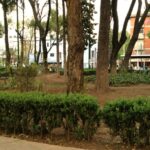
Nearest at 0.20 kms.

Nearest at 0.28 kms.
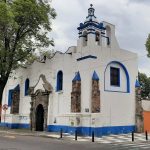
Nearest at 0.31 kms.

A neighborhood favorite just in from the old causeway landing.
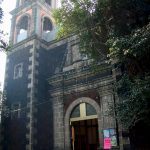
A Tacuba neighborhood church in Azcapotzalco...
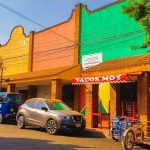
A giant neighborhood market in the old west of Tacuba...
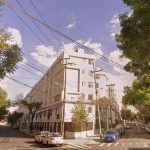
An age-old neighborhood of ancient Tacuba, today home to an enormous park...
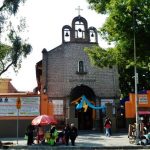
A church next to Mexico City's most famous tree...